Last updated on March 29th, 2022 at 10:15 pm
The Ford Fusion models are top-rated cars, especially the 2010 models. This is due to various aspects the car possesses like space, safety, reliability and speed. They are among the most sought after midsize vehicles in the market today and it is not because of their comfy car seats. Nonetheless, this widely acclaimed vehicle has its fair share of problems and functionality issues.
Owners of the 2010 Ford Fusion model have, in the past, reported both insignificant and consequential issues affecting their cars. They include power train and automatic transmission failure, shifting issues, fluid leaks and uneconomic fuel systems. These problems stem from defects in internal car parts like dysfunctional valve cover gaskets, which lead to loss of power in the vehicle. However, visiting a trusted mechanic within your vicinity, or a ford motors repair shop can help discard most of the issues described above. The following are common problems associated with the 2010 Ford fusion model:
Exhaust Gas Recirculation Valve (EGR) malfunction
The 2010 ford fusion can win on any head to head battle with a Nissan Altima given that all features function correctly. This car model is prone to defects throughout its use nonetheless. The defects worsen through reckless driving and irregular car servicing. In the recent past, several owners of the 2010 Ford fusion version have submitted reports citing dysfunctional valve bodies and valve covers. If you notice any issue with your EGR valve, the chances are that your valve purge flow might be clogged. Besides this, a broken timing belt causing irregular rotations between the camshafts and crankshafts can be the cause. It common for your car to stall and hesitate whenever there is an issue with the emission control devices, including the EGR. The check engine light will indicate if there is a defect inside the car’s components.
2010 Ford Fusion Antilock system (ABS) failure
Critics and pundits alike regard the 2010 ford fusion model as one of the most excellent midsized cars of this decade. This is evident as a large number of individuals who have a particular interest in the vehicle. There have been, however, several complaints about the car’s Automatic Braking System (ABS). Although these issues have contributed to intensifying buyers’ fears, they remain exceedingly insignificant as they are easily repairable.
A faulty Hydraulic Control Unit (HCU) is a prevalent cause of such brake issues, and as a result, the pedal develops an irregular softness. This manifests itself in numerous regions around the car. They include the parking brakes as well as the rotors and calipers. Pulsation and vibration motions in the car show that there are issues with the brakes. A brilliant idea for a long-term solution would be to replace the current wheel sensors with new models. Check out the national highway traffic safety administrations website for more info!

Irregular shifts during deceleration
The trim level of this spectacular Ford fusion model makes it a personal favorite for many. First, it brings about a more classy but urban look, which is still spacious..perfect for air bag deployments. Second, the vehicle has reasonably high speeds compared to most cars its peer. Nonetheless, several owners of the 2010 ford fusion have submitted complaints of irregular shifts whenever the car decelerates. This chiefly stems from defective throttle valves inside the vehicle. The best way to curb this issue is to replace the throttle body. Problems with the steering wheel are also common from ford fusion owners. When your steering wheel is experiencing difficulty turning, this can be the onset of many driveability problems. Other areas that might lead to problems with the car include defective spark plugs, ineffective serpentine belts and faulty belt tensioners. These faults all end up plummeting the car’s engine performance if left unattended to.
Proximity sensors unable to respond
This is among the most widespread complaint that 2010 fusion owners have submitted. When there is an issue with your proximity sensors, the vehicle will activate the limp mode. Otherwise termed as the limp home mode, this state activates when the transmission control unit detects a defect in the car’s system. In this case, the issue commonly arises when the engine control unit fails to register the signals from such sensors. When this happens, the sensors are unable to send signals within the specified range. It is also typical for the cooling system to develop defects in the long run. If this occurs, the check engine light initializes. As a 2010 ford fusion owner, you can consider enrolling for technical discussions with a professional to handle such instances. This has also been reported to be an engine control module issue with the 2010 Fusion models
Conclusion
There is no doubt that the 2010 Ford fusions are among the most admired vehicles in the market. Even with the faults mentioned above, the above statement remains valid still. It is usual for any car or mechanical invention to develop defects through continuous wear and tear. Therefore, after identifying any dysfunctional component in the vehicle, do not hesitate to contact a reliable and trusted mechanic. In most cases, a simple repair will do to fix the entire problem. However, there are severe cases where replacements are mandatory. The excellent alternative still is to take your 2010 ford fusion to a Ford dealership for repairs, where ford professionals with vast experience are available.
FAQs
Yes. Today, many individuals prefer the 2010 ford fusion model for its comfy yet sporty look. It is among the best picks for anyone looking for midsized cars for either personal or business use. They are also available at very affordable prices, especially the used models. What’s more, the vehicle offers exceedingly desirable driving dynamics.
Specific models of the 2010 Fusion, Escape and Milan cars are all being recalled. The vehicles must be manufactured between February 27 to March 26 of the year 2010. According to specialists, the park rod guide retention pin might be improperly installed. They fail to conform to the federal motor vehicle safety standard.
Although not as widespread, transmission problems do occur in 2010 ford fusion. Most cases call for oil changes, but others might require the intervention of expert mechanics. Several owners of the 2010 Ford Fusion have reported problems that stem from a faulty transmission. Common signs include rough gear shifting as well as shaking of the entire vehicle, mostly during first gear shifts.
A typical 2010 ford fusion last up to 15 years or even 200,000 miles before requiring another replacement. There are cases where the car has outlived this lifespan. The durability of your vehicle will also depend on how you handle it, including the maintenance regularity and your daily fuel economy .




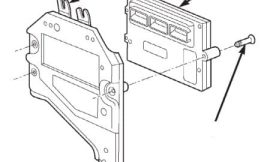

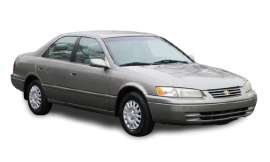
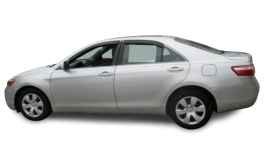

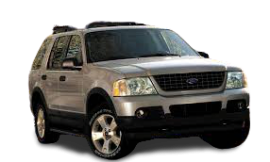

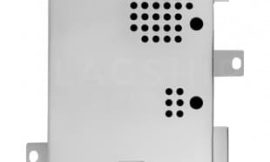
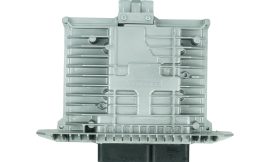
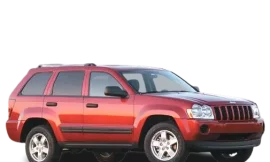
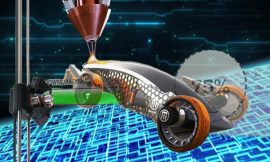
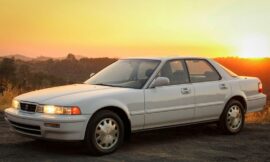

as today may 2022,I have bad luck with this particular model, i have changed
Coolant Hose Flange $180, left tie rod $ 600, master cylinder 800 and the most expensive ABS modules and ABS hydraulic pump $1700, all tire pressure sensors. good looking body but too many problems after 9 years of light driving under my possession